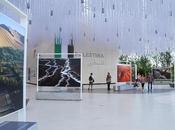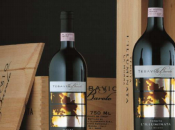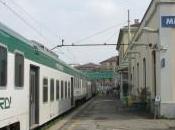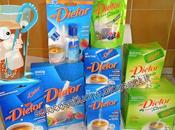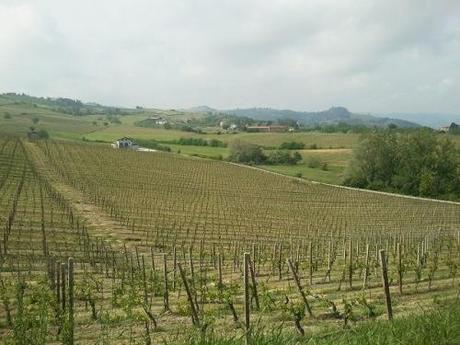
Sabato 5 maggio 2012 si è svolto a Nizza Monferrato un evento per festeggiare i 10 anni dell’Associazione produttori del Nizza, ovvero una Barbera d’Asti Superiore prodotta in una zona che comprende pochi comuni intorno a Nizza Monferrato.
La produzione del Nizza è vincolata ad un disciplinare piuttosto rigido secondo cui, tra le altre cose, è necessario utilizzare il 100% di uve barbera ed ottenere una gradazione alcolica naturale minima (senza additivi aggiunti) di 13°, pena l’impossibilità di produrre la barbera per l’annata (come è successo nel 2002).
Al di là delle caratteristiche pregevoli o meno dell’annata 2009, la cui anteprima è stata fatta alla cieca nella mattinata di sabato, e delle peculiarità degli ultimi 10 anni di produzione verificate durante la degustazione verticale del pomeriggio, vorrei esprimere la personale opinione di una neofita del Nizza.
Non mi addentrerò quindi in analisi di colore, profumo più o meno di frutta rossa matura e acidità al palato, questo lo lascio agli esperti del settore.
Da parte mia vorrei però esprimere la mia posizione sulla questione della gradazione alcolica. La barbera degustata è stata criticata da qualcuno dei presenti a causa della sua alcolicità che, abbiamo detto, deve raggiungere i 13° gradi solo grazie agli zuccheri dell’uva. Pare infatti che di recente si sia sviluppata una scuola di pensiero che promuova i vini più leggeri, a costo di doverli manipolare chimicamente per abbassarne la gradazione.
A parte il fatto che io apprezzi i vini corposi prodotti nelle annate calde, quando il sole è riuscito ad esaltare tutti i profumi dolci un po’ caramellosi dell’uva, credo che sia necessario distinguere le tipicità di un vino e i gusti personali. Reputo importante apprezzarne la genuinità, soprattutto oggi che ci lamentiamo spesso delle manipolazioni in campo alimentare e che si verificano sempre più allergie e malattie dovute a ciò che ingeriamo.
Il vino, più di ogni altro prodotto agricolo, è lo specchio del territorio in cui viene prodotto. Ne rispecchia il terreno, l’esposizione al sole, la tradizione culturale e la tecnica di allevamento tipica del luogo.
Da un vino si possono capire ed imparare molte cose su chi lo produce e per questo motivo penso che gli si debba lasciar modo di esprimersi nella maniera più consona ed abituale, senza imporgli le cose da dire.
Quella di Nizza, nel cuore del Monferrato, è una zona votata alla vinificazione e potrebbe essere designata anche al turismo, se solo accogliesse gli estimatori dell’enogastronomia (sempre più numerosi) a braccia aperte e lasciasse che le sue belle colline dal dolce declivio incantassero i visitatori.
Il vino è il giusto punto di partenza per svelare un territorio ricco di natura rigogliosa, cultura e delizie da gustare, ma da solo non basta. Ci vuole impegno, come l’Associazione del Nizza sta dimostrando di avere.
Info: IlNizza
Orizzonte Nizza: wine and the land
On Saturday May 5 2012 was held in Nizza Monferrato an event to celebrate the 10th anniversary of the Association producers of Nizza, a Barbera d’Asti Superiore produced in an area that includes few municipalities around Nizza Monferrato.
The production of Nizza is bound to a strict requirements like, among other things, the use of 100% Barbera grapes and obtain a minimum natural alcohol content (no additives) at 13 °, without any possibility of producing Barbera for the year (as happened in 2002).
Beyond the valuable characteristics of the production of the year 2009, whose premiere was done blindly on Saturday morning, and the peculiarities of the last 10 years of the production tasted inthe afternoon, I would like to express a personal opinion about Nizza as a neophyte.
Then I will not go into analysis of color, the aroma more or less of ripe red fruit and acidity at the taste, this is up to the experts. But I would like to express my position on the issue about alcohol content. Durind the tasting the Barbera has been criticized by some attending for its alcohol content which, we said, should reach 13 degrees only with the grape sugars. It seems that recently has developed a school of thought that promotes the lighter wines, at the cost of having to manipulate chemically to lower the alcohol content.
Apart from the fact that I appreciate the wines with a strong flavour produced in hot years, when the sun is able to enhance all the flavors and a little sweet ‘candy of the grapes, I think it is necessary to distinguish the typical characteristics of a wine and the personal taste. I guess it is important to appreciate the authenticity, especially now that we often complain about manipulation in the food and occurring more and more allergies and diseases caused by what we eat.
The wine, more than any other agricultural product, is the mirror of the territory in which it is produced. It reflects the soil, sun exposure, the cultural tradition and the vine training system.
From a wine you can understand and learn many things about who produces it and this is the reason why I think that we should leave it free to tell us what it wants, without subjecting it what to say.
The Nizza area, in the heart of the Monferrato, is devoted to wine making and it could also be designated to tourism, if the locals only wellcome the estimators of enogastronomy (increasingly numerous) with open arms and let the gentle slope of the beautiful hills enchant visitors.
The wine is the perfect starting point to reveal a land full of lush nature, culture and delights to be enjoyed, but this is not enough. It takes commitment, such as the Association of Nizza is proving to have.

